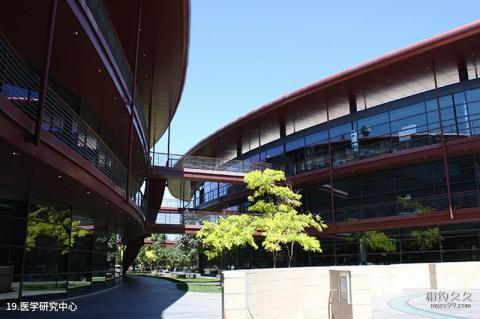
Introduction to the Medical Research Center: Stanford University School of Medicine is a world leader in medical care, scientific research and teaching. It is also located in the heart of the U.S. biotechnology and information technology center, which plays a role in promoting the application of clinical and laboratory research results in medical treatment. The School of Medicine has made medical achievements in many disciplines such as cardiology, surgery, oncology, radiological diagnosis and neuroscience, and is in a leading position in heart transplantation technology, which has become a feasible treatment for end-stage heart failure in the world. New advances in percutaneous puncture technology for the treatment of coronary artery disease are at the forefront of cardiac interventional technology. Stanford University School of Medicine's achievements in oncology include the development of chemotherapy and radiotherapy technology for Hodgkin's disease, which has significantly improved patient treatment outcomes. Patients at Stanford University School of Medicine can get the most advanced anti-cancer treatments, including the latest radiotherapy regimens, chemotherapy drugs, monoclonal antibodies and surgery to treat various lymphomas. The technology of bone marrow transplantation in special cancer treatment has been recognized throughout the United States. Stanford University School of Medicine is also a leader in the medical and surgical treatment of neurological diseases, and its radiological diagnostic technology and MRI technology are also the most advanced in the world.
